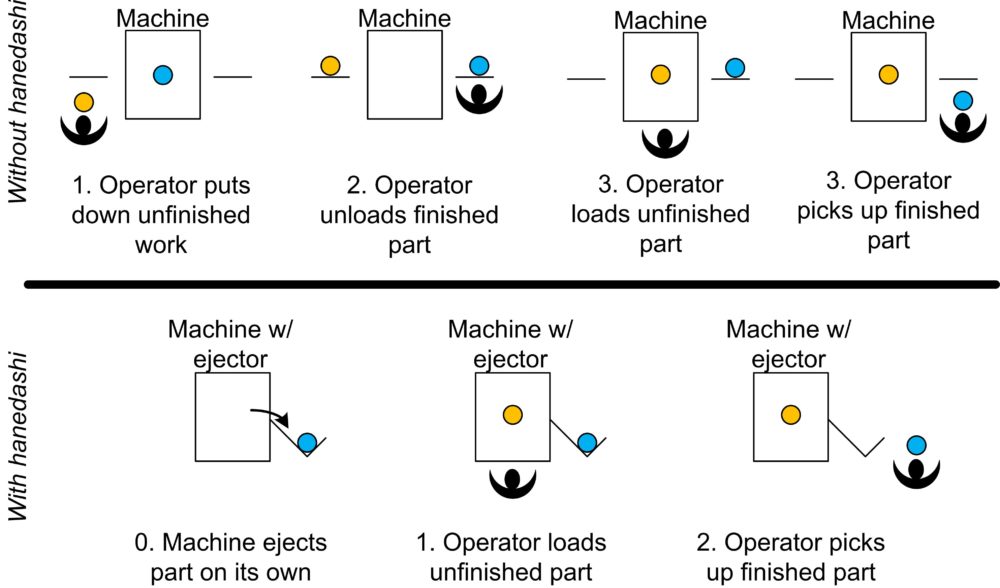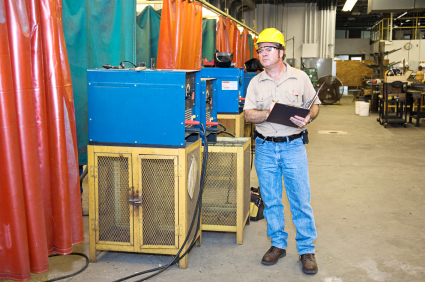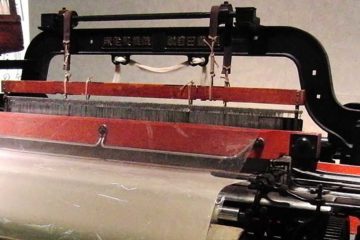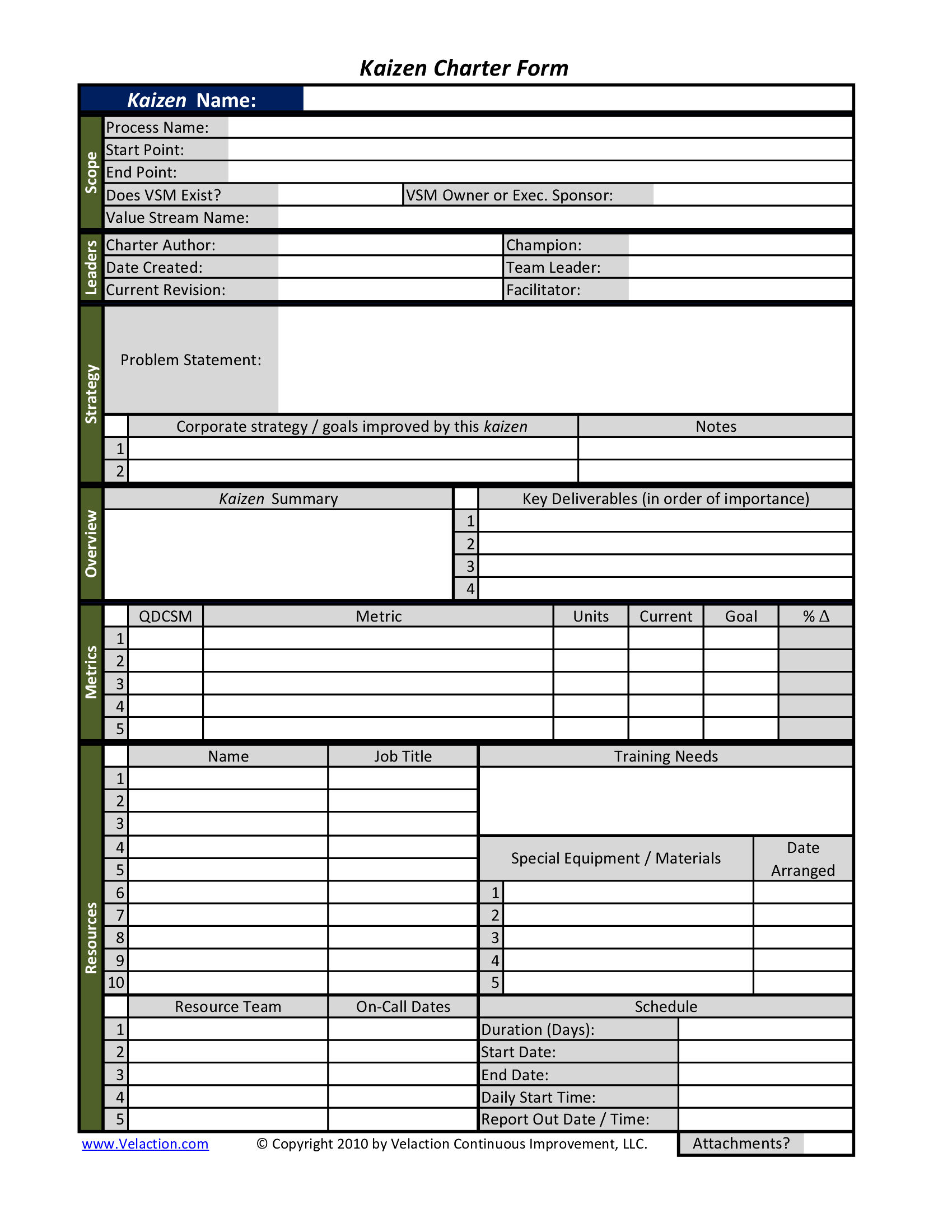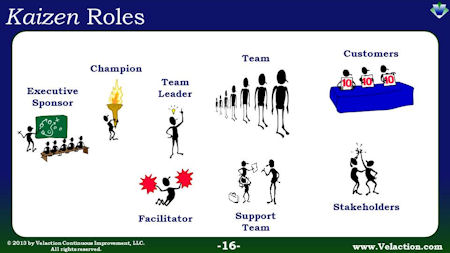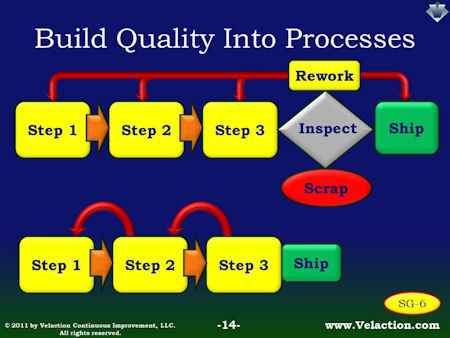With Lean tracing its roots back to Japan, it is not surprising that the continuous improvement philosophy is chock full of Japanese Lean Terms.
This Japanese Lean Dictionary gathers up all those Japanese terms in one place for your convenience.
If you want more information, also check out our complete Lean dictionary of over 500 terms.


